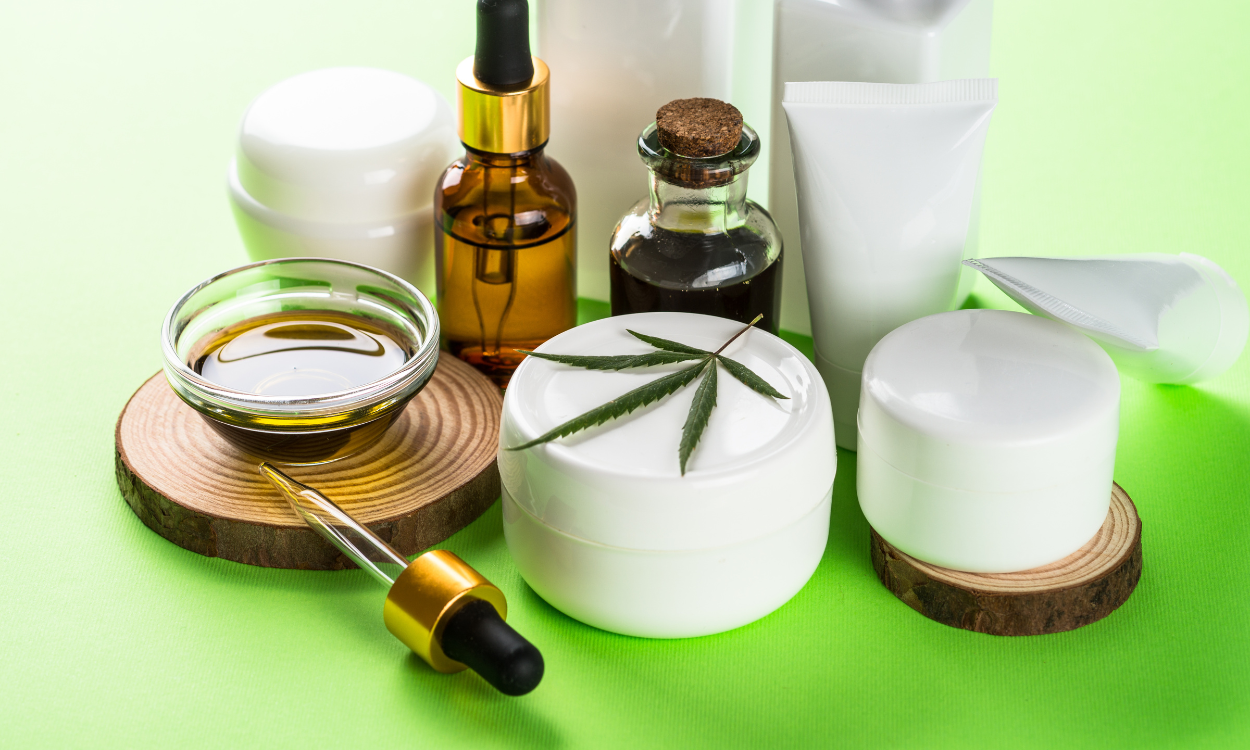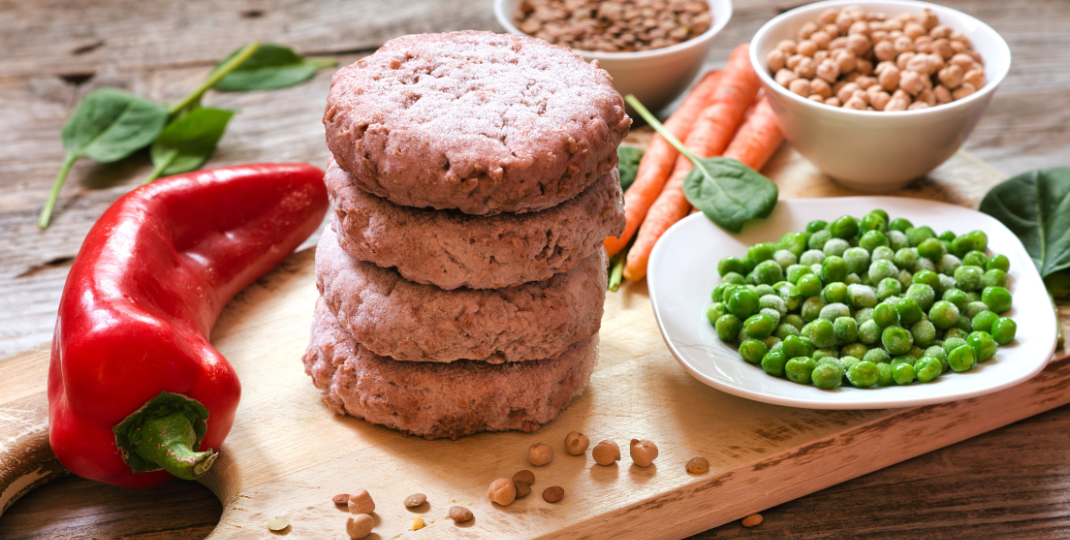Genetic engineering has revolutionized the field of biotechnology, allowing scientists to manipulate the genetic material of organisms for various purposes. One area of interest is the manipulation of lipid content in microalgae, which are a promising source of sustainable biofuels and valuable nutritional components. By using genetic engineering techniques, researchers can potentially enhance the lipid content of microalgae to improve their efficiency as biofuel feedstocks or increase their nutritional value. This has the potential to have significant implications for industries such as bioenergy, pharmaceuticals, and aquaculture. In this article, we will explore the current research on using genetic engineering to manipulate the lipid content of microalgae and discuss the potential benefits and challenges of this approach.
Exploring Genetic Engineering Techniques for Manipulating Lipid Content in Microalgae
Genetic engineering techniques that can be used to manipulate lipid content in microalgae include gene knockout, gene overexpression, and gene editing using CRISPR/Cas9 technology. By selectively targeting genes involved in lipid metabolism pathways, researchers can alter the expression levels of enzymes responsible for lipid synthesis and accumulation in microalgae. For example, increasing the expression of key enzymes such as acetyl-CoA carboxylase and fatty acid synthase can enhance lipid production, while knocking out genes encoding lipid degradation enzymes can prevent the breakdown of lipids and promote their accumulation. Additionally, manipulating regulatory genes that control lipid metabolism pathways can also be used to fine-tune lipid content in microalgae for biofuel production or other applications.

How effective are these techniques in increasing lipid content in microalgae?
The techniques used to increase lipid content in microalgae vary in effectiveness depending on factors such as the type of microalgae species, growth conditions, and specific methods employed. Some common techniques include optimizing nutrient levels, manipulating light intensity and wavelength, controlling temperature and pH levels, and utilizing genetic engineering to enhance lipid production pathways. While these techniques have shown promising results in some studies, their overall effectiveness may be limited by factors such as resource availability, scalability, and sustainability. Further research and optimization of these techniques are needed to effectively increase lipid content in microalgae for biofuel production.
Are there any potential negative consequences or side effects of using genetic engineering to manipulate lipid content in microalgae?
One potential negative consequence of using genetic engineering to manipulate lipid content in microalgae is the unintended impact on the overall ecosystem. By increasing the lipid content in microalgae, there may be a disruption in the natural balance of the ecosystem, causing unintended consequences for other organisms that rely on microalgae as a food source. Additionally, there is also the risk of creating genetically modified organisms that could potentially escape into the environment and interbreed with wild populations, leading to unknown ecological impacts. Furthermore, there may also be concerns about the safety of consuming genetically modified algae products, as well as ethical considerations surrounding the manipulation of living organisms for human benefit.
How does the manipulation of lipid content in microalgae through genetic engineering compare to other methods of increasing lipid production?
The manipulation of lipid content in microalgae through genetic engineering offers a more targeted and efficient approach compared to other methods of increasing lipid production. Traditional methods such as nutrient deprivation or stress induction can be labor-intensive and time-consuming, while genetic engineering allows for the precise modification of metabolic pathways to enhance lipid accumulation in a controlled manner. Additionally, genetic engineering offers the potential for greater scalability and consistency in lipid production, making it a promising strategy for the development of sustainable biofuel and high-value products from microalgae.
What are the current limitations of using genetic engineering to manipulate lipid content in microalgae?
Currently, there are several limitations to using genetic engineering to manipulate lipid content in microalgae. One major limitation is the lack of understanding of the complex metabolic pathways involved in lipid biosynthesis in microalgae, making it difficult to effectively target and manipulate key genes. Additionally, the low efficiency of gene transfer methods in microalgae can limit the success of introducing desired genetic modifications. Furthermore, the potential for unintended effects on overall microalgae growth and metabolism as a result of genetic modifications remains a concern. Overall, further research and advancements in genetic engineering techniques are needed to overcome these limitations and fully harness the potential of manipulating lipid content in microalgae for biofuel production and other applications.

Can genetic engineering be used to tailor the lipid profile of microalgae for specific applications, such as biofuel production or pharmaceuticals?
Genetic engineering can indeed be used to tailor the lipid profile of microalgae for specific applications such as biofuel production or pharmaceuticals. By manipulating the genes involved in lipid metabolism, researchers can enhance the production of valuable lipids in microalgae strains, making them more suitable for biofuel production or pharmaceutical purposes. This technology allows for the development of genetically modified microalgae with higher lipid content and improved composition, thus increasing their potential for use in various industrial applications.
How do environmental factors impact the success of genetic engineering techniques in manipulating lipid content in microalgae?
Environmental factors such as temperature, light intensity, nutrient availability, and pH can greatly impact the success of genetic engineering techniques in manipulating lipid content in microalgae. These factors play a crucial role in the growth and metabolism of microalgae, which in turn affects their ability to produce and accumulate lipids. For example, optimal temperature and light conditions can stimulate the expression of lipid biosynthesis genes, leading to increased lipid production. Similarly, nutrient availability, particularly nitrogen and phosphorus, is essential for lipid accumulation in microalgae. pH levels also influence lipid metabolism pathways in microalgae. Therefore, careful consideration and optimization of these environmental factors are necessary to achieve successful genetic engineering and enhance lipid content in microalgae for potential biofuel or bioproduct applications.
What research is currently being done to further advance the use of genetic engineering in manipulating lipid content in microalgae?
Research is currently being done to explore various genetic engineering techniques such as CRISPR-Cas9 and RNA interference to manipulate the lipid content in microalgae. These techniques allow researchers to target specific genes involved in lipid biosynthesis pathways and either enhance lipid production or reduce lipid degradation in microalgae. Additionally, studies are focusing on optimizing growth conditions and nutrient availability to maximize lipid accumulation in microalgae strains. By further understanding the genetic mechanisms behind lipid production in microalgae, researchers aim to develop more efficient and sustainable methods for biofuel production and other applications.
Exploring the Potential of Genetic Engineering to Manipulate Lipid Content in Microalgae
In conclusion, genetic engineering techniques have shown great promise in manipulating the lipid content of microalgae. By targeting specific genes involved in lipid synthesis and metabolism, researchers have been able to enhance lipid production in microalgae strains, making them more suitable for biofuel production and other industrial applications. However, further research is needed to optimize these techniques and ensure the sustainability and scalability of lipid-enhanced microalgae production. With continued advancements in genetic engineering technology, it is likely that we will see even greater improvements in lipid content manipulation in microalgae in the future.
